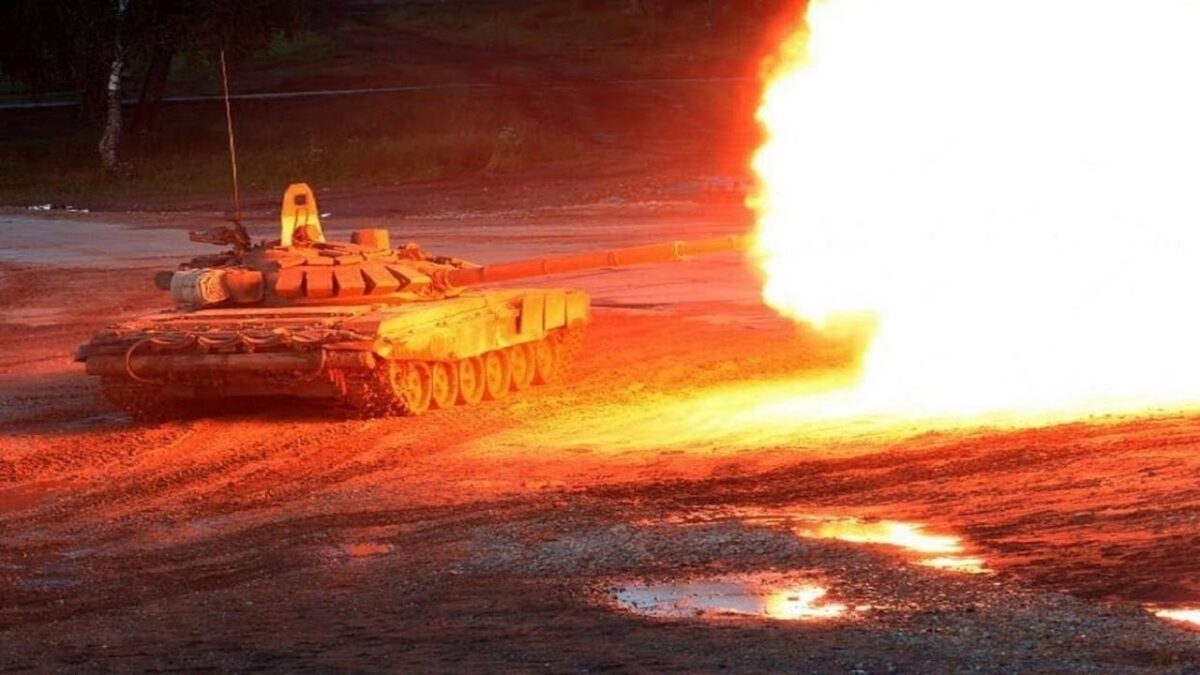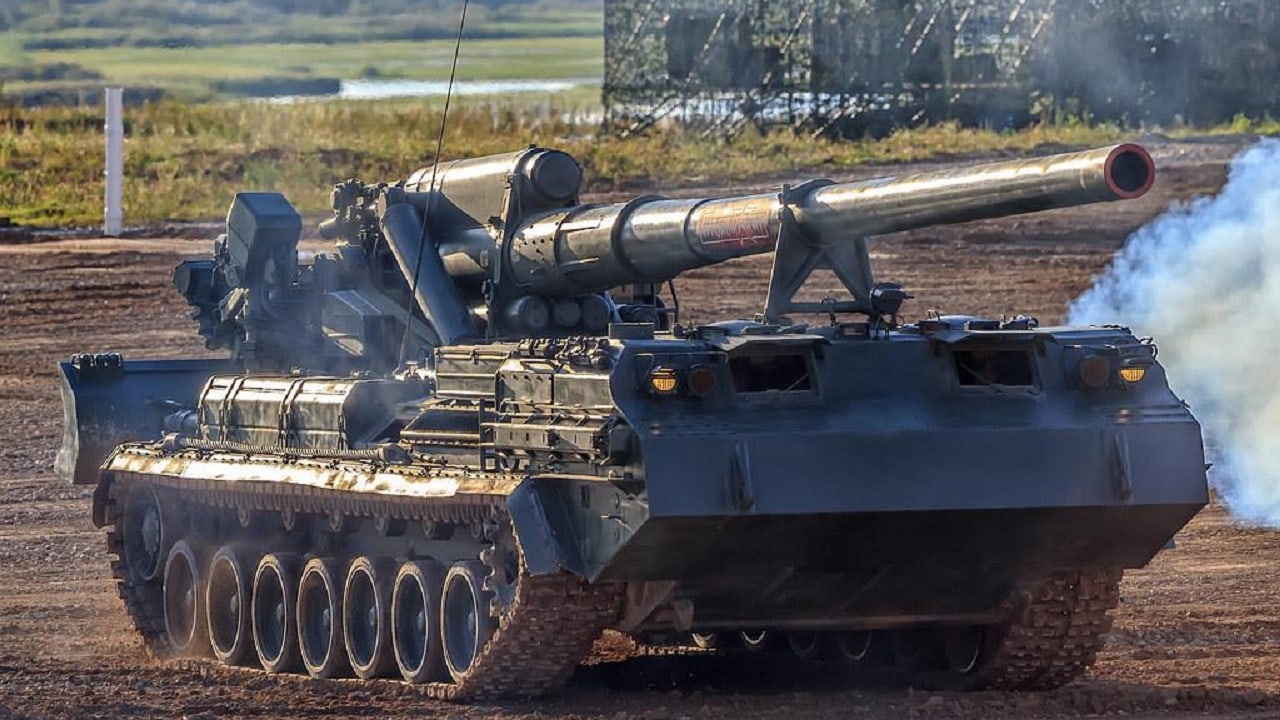On day 275, most of Ukraine has gone dark after another day of Russian missile attacks.
The Russian military has been increasingly using long-range strikes as its primary method of inflicting costs on Ukraine, targeting the country’s energy grid.
The Russian Casualties in Ukraine: Update
Overall, the Ukrainian Ministry of Defense claimed that as of Friday, Ukrainian forces have killed approximately 86,150 Russian troops (and wounded approximately thrice that number).
In terms of military hardware, Ukraine has destroyed 278 fighter, attack, bomber, and transport jets, 261 attack and transport helicopters, 2,899 tanks, 1,895 artillery pieces, 5,844 armored personnel carriers and infantry fighting vehicles, 395 Multiple Launch Rocket Systems (MLRS), 16 boats and cutters, 4,404 vehicles and fuel tanks, 209 anti-aircraft batteries, 1,553 tactical unmanned aerial systems, 163 special equipment platforms, such as bridging vehicles, and four mobile Iskander ballistic missile systems, and 531 cruise missiles shot down by the Ukrainian air defenses.
In addition, at least 15,000 Ukrainians have gone missing since the war started.
Ukrainian Energy Grid Under Attack
The Russian missile and drone attacks against the Ukrainian critical infrastructure are starting to take a toll. As a result of strikes against the energy grid, more than six million Ukrainians are without electricity. Kyiv is by far the most targeted urban center, with more than 600,000 homes without electricity. Ukrainian President Volodymyr Zelensky has asked his compatriots to use energy sparingly while he is working with the European Union to fix the broken energy grid.
The Partial Mobilization of the Russian Military
In its latest update on the war, the British Ministry of Defense went over some common themes that are emerging from the Russian military’s partial mobilization.
In response to repeated setbacks on the battlefield, Russian President Vladimir Putin declared a partial mobilization of the reserves back in September. The mobilization called up 300,000 reservists, though many eligible Russians flocked to the border to escape the draft.
Some of the main themes are inadequate training for the reservists, nonexistent or inadequate gear for the reservists, and confusion over who is eligible to be drafted. But perhaps the most important theme is the willingness of the Russian military to use reservists against hard targets with no regard to the expected high attrition.
The Russian military seems to be just throwing reservists into the frontlines without any specific regard for their conditions or capabilities. Indeed, reservists are nothing more than cannon fodder, cheaply used to accomplish little or nothing.
“Mobilised reservists have highly likely experienced particularly heavy casualties after being committed to dig ambitious trench systems while under artillery fire around the Luhansk Oblast town of Svatove. In Donetsk Oblast, reservists have been killed in large numbers in frontal assaults into well-established Ukrainian defensive zones around the town of Bakhmut,” the British Military Intelligence assessed in its latest estimate of the war.

Russian T-90 tank. Image Credit: Creative Commons.
The high casualty rate of deployed reservists has the potential to create further dissatisfaction with the war among the Russian population. As the conflict goes on with no visible end in sight and with little Russian military successes on the ground, the Russian people’s desire for war will continue to decrease and might threaten Putin’s war effort.
Expert Biography: A 19FortyFive Defense and National Security Columnist, Stavros Atlamazoglou is a seasoned defense journalist specializing in special operations, a Hellenic Army veteran (national service with the 575th Marine Battalion and Army HQ), and a Johns Hopkins University graduate. His work has been featured in Business Insider, Sandboxx, and SOFREP.

